Army Active Duty
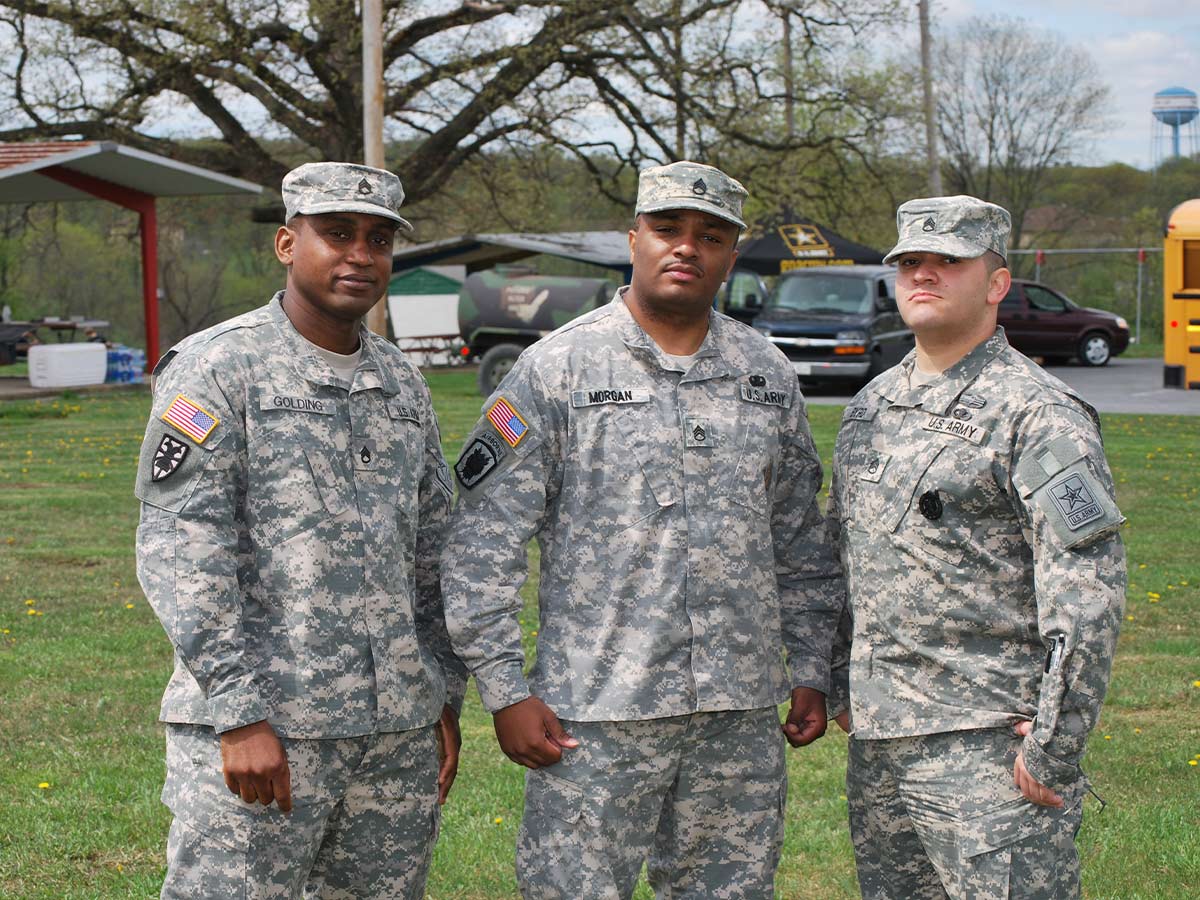
The U.S. Army is the largest branch of the U.S. military, with over 450,000 active-duty soldiers as of 2024. It is responsible for land-based military operations and is organized into various divisions, brigades, and specialized units.
Soldiers in the active-duty Army commit full-time to their roles, receiving extensive training in combat, logistics, and support tasks. The Army plays a vital role in both defense and humanitarian missions globally. In addition to active-duty personnel, the Army also relies on its Reserve and National Guard components, contributing significantly to overall U.S. military readiness and flexibility.
Navy Active Duty
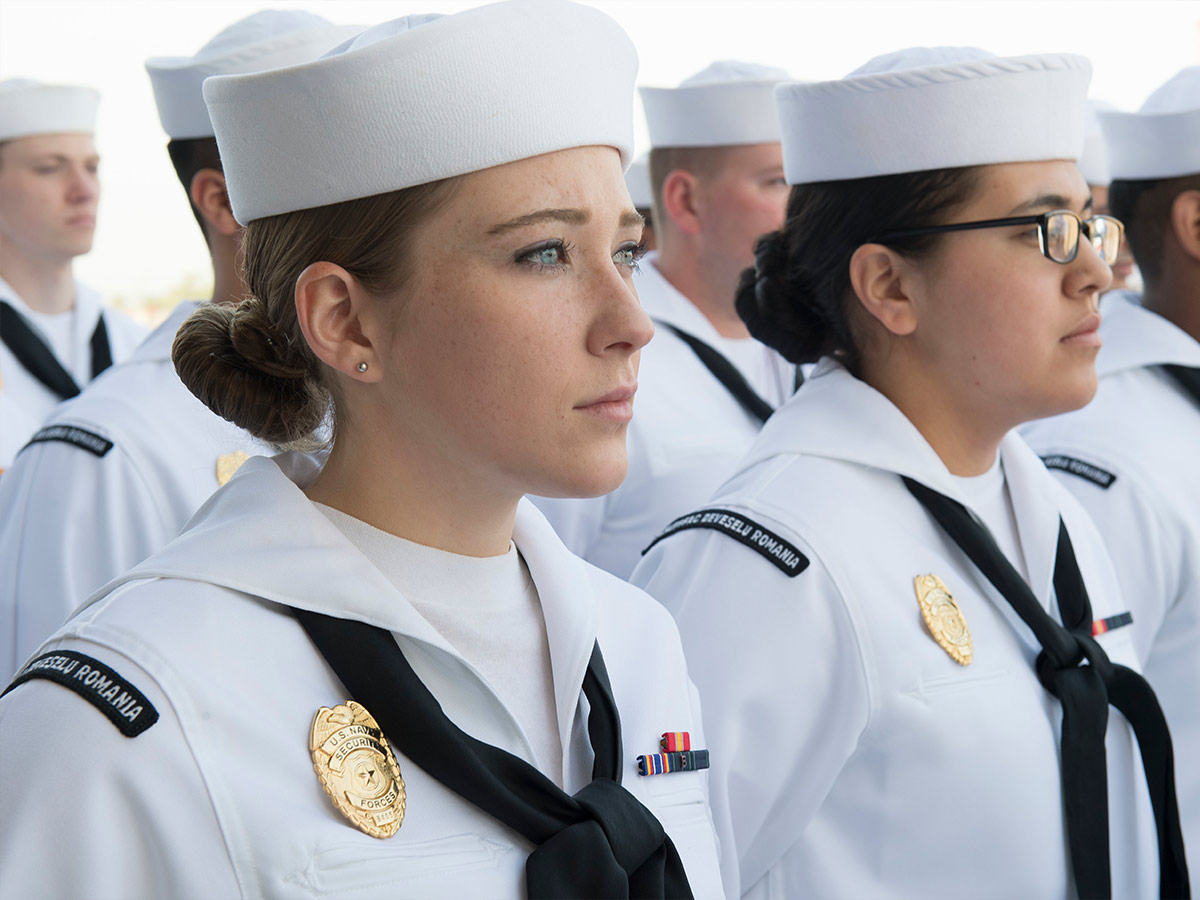
The U.S. Navy has approximately 340,000 active-duty service members as of 2024. These personnel operate and maintain a fleet of aircraft carriers, submarines, destroyers, and other naval vessels, securing global waterways and projecting power abroad.
Sailors serve in various roles, including combat, aviation, engineering, and support functions, ensuring the Navy’s readiness for missions ranging from defense operations to humanitarian efforts. The Navy’s active-duty force is essential to maintaining maritime security and responding to crises worldwide, working alongside Reserve and civilian personnel to meet the demands of modern naval warfare and global military commitments.
Army National Guard
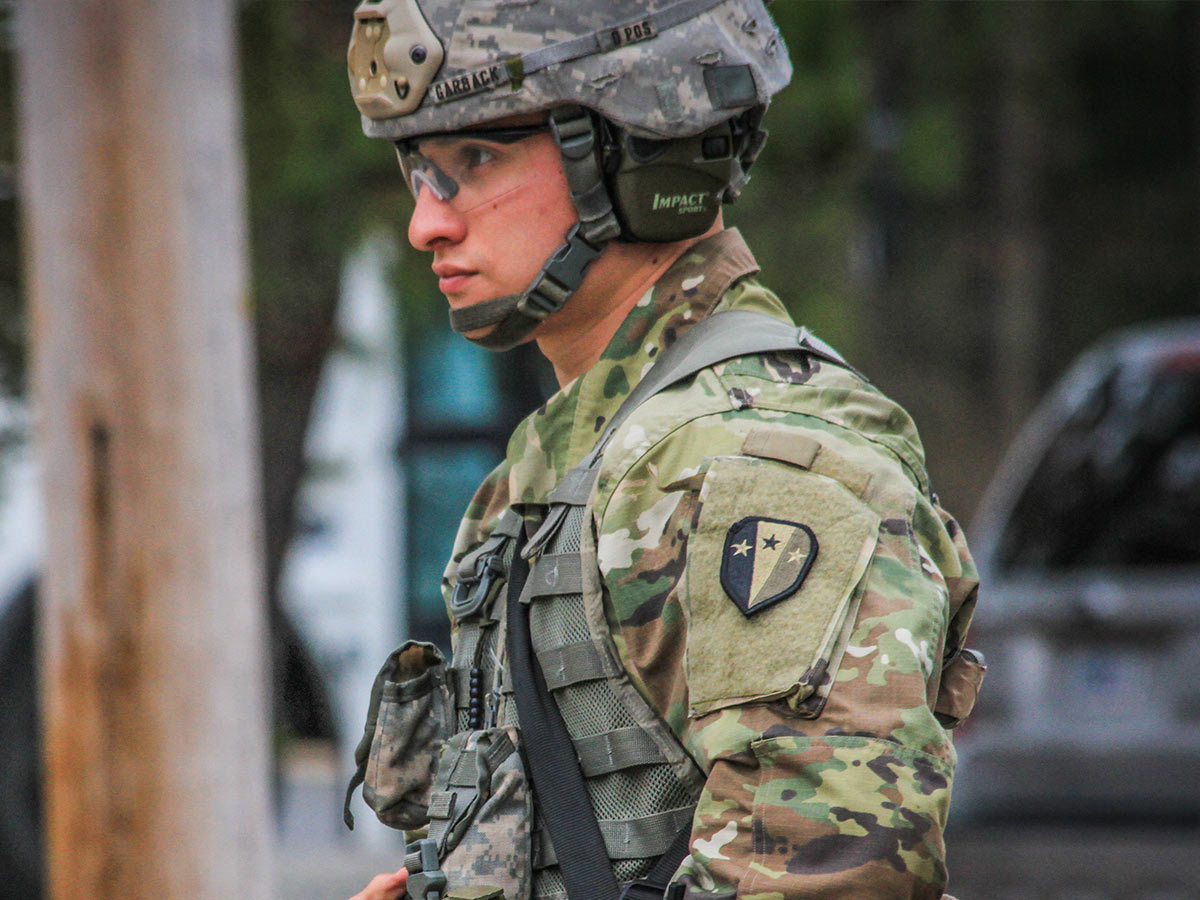
The U.S. Army National Guard consists of approximately 330,000 soldiers as of 2024. It serves as both a state and federal force, providing critical support during national emergencies, natural disasters, and overseas deployments.
Each state, territory, and the District of Columbia maintains its own National Guard units, which can be activated by state governors or the President of the United States. The Guard plays a vital role in domestic security and international military operations. Unlike active-duty soldiers, National Guard members typically serve part-time, balancing civilian careers while fulfilling military commitments through regular training and periodic deployments when needed.
Air Force Active Duty
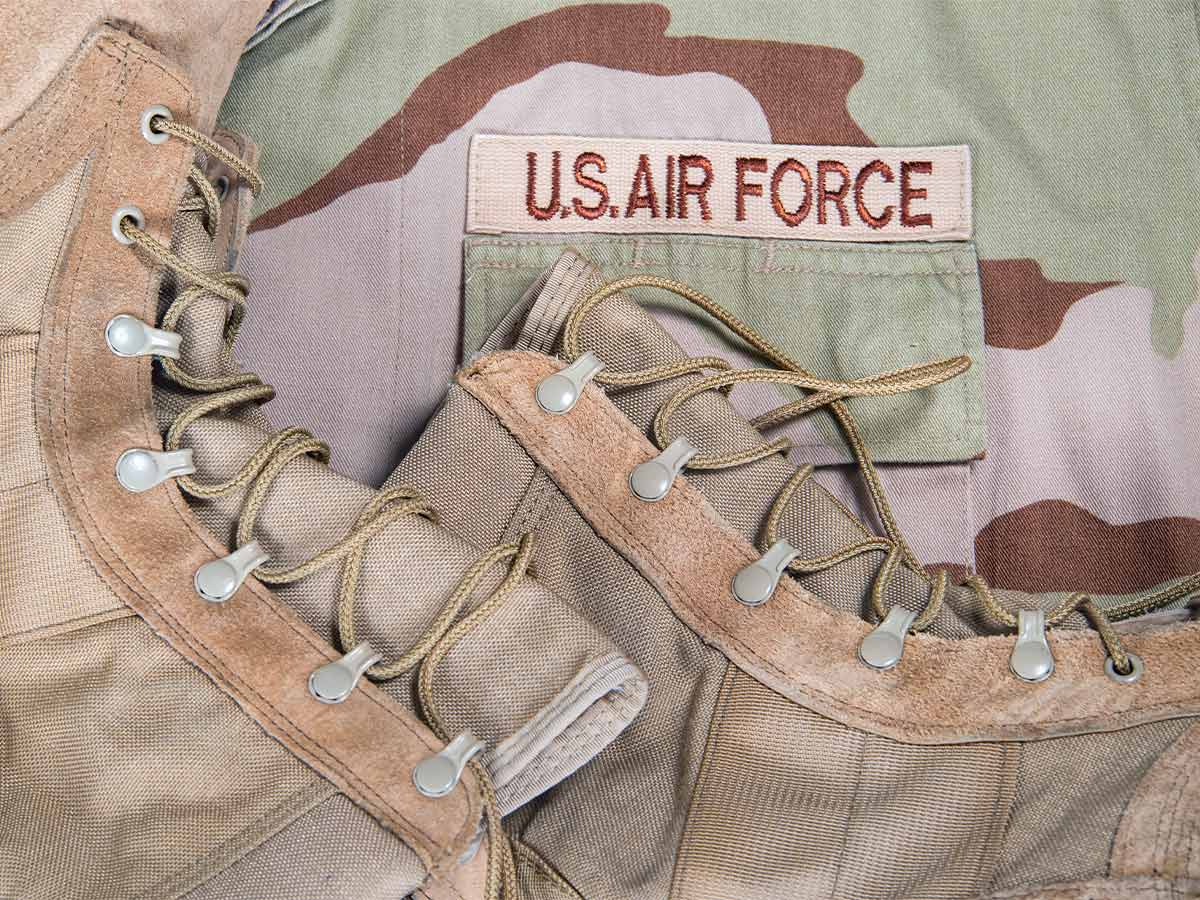
The U.S. Air Force has around 330,000 active-duty service members as of 2024. As the aerial and space warfare branch of the U.S. military, it plays a crucial role in national defense by conducting air operations, providing air support for ground and naval forces, and ensuring air superiority in conflicts.
The Air Force operates a range of aircraft, including fighter jets, bombers, transport planes, and drones, and is also responsible for maintaining the country’s nuclear arsenal.
Army Reserve

The U.S. Army Reserve has approximately 190,000 soldiers as of 2024. This component provides essential support and reinforcement to active-duty forces, with members serving part-time while maintaining civilian careers. The Army Reserve specializes in key areas such as medical support, logistics, engineering, and cyber operations.
It plays a crucial role in augmenting the Army’s capabilities during emergencies, deployments, or extended missions. Soldiers in the Reserve undergo regular training to remain ready for activation when needed, allowing the Army to maintain a larger pool of trained personnel without the full-time commitment required of active-duty soldiers.
Marine Corps Active Duty
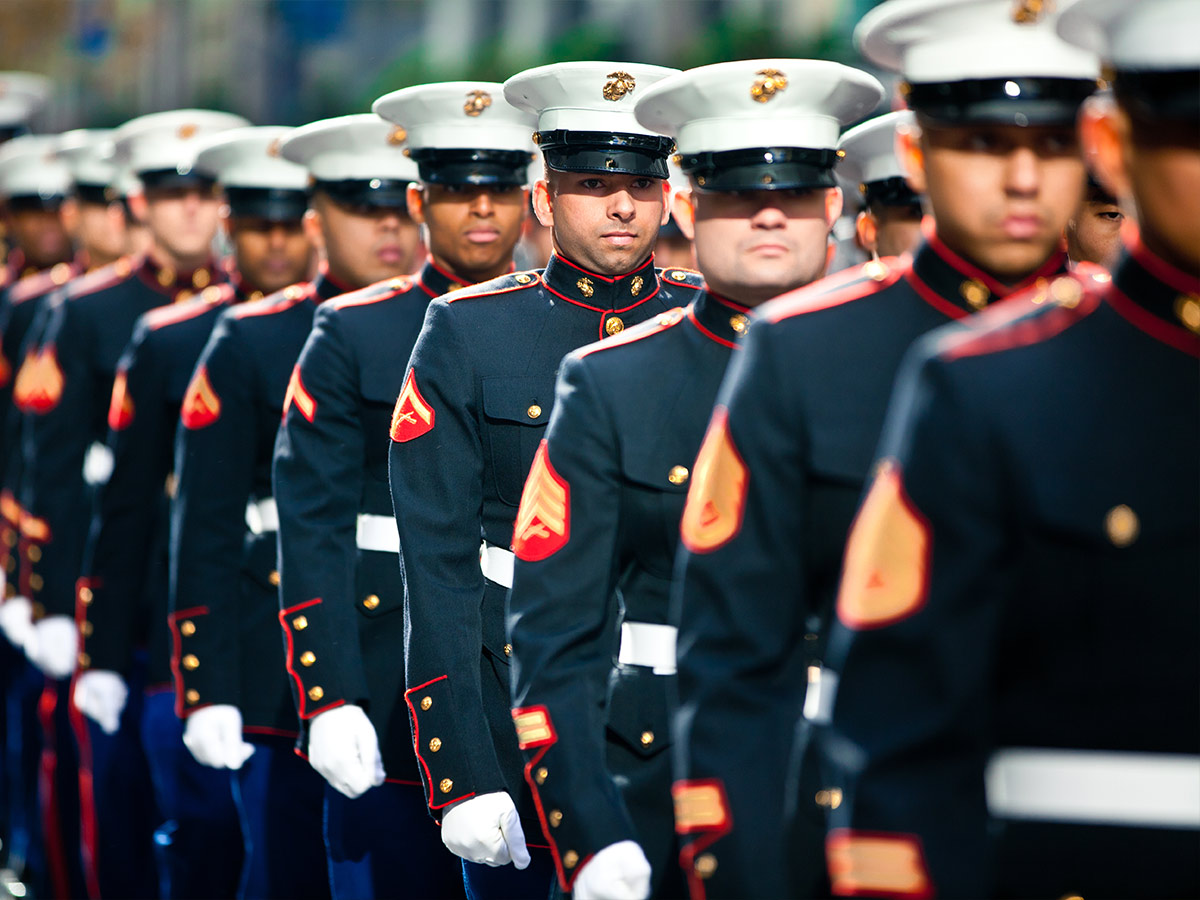
The U.S. Marine Corps has approximately 177,000 active-duty service members as of 2024. Known for being a highly mobile amphibious force, the Marine Corps specializes in rapid-response operations by land, sea, and air.
Marines are often the first to respond in crises, capable of projecting power in conflict zones, humanitarian missions, and defense operations worldwide. In addition to combat roles, they support aviation, logistics, and cyber capabilities. The Marine Corps operates under the Department of the Navy but maintains a distinct identity with rigorous training and a focus on expeditionary warfare, making it a key component of U.S. military strategy.
Air National Guard

The U.S. Air National Guard has about 108,000 members as of 2024. It serves as both a state and federal force, providing critical air defense, disaster response, and support for overseas missions. Air National Guard units can be called upon by state governors during natural disasters or civil emergencies and can also be federally activated to supplement the U.S. Air Force in times of conflict or national security needs.
Members typically serve part-time while balancing civilian careers, training regularly to remain mission-ready. The Air National Guard plays a vital role in maintaining air sovereignty and supporting global military operations.
Air Force Reserves
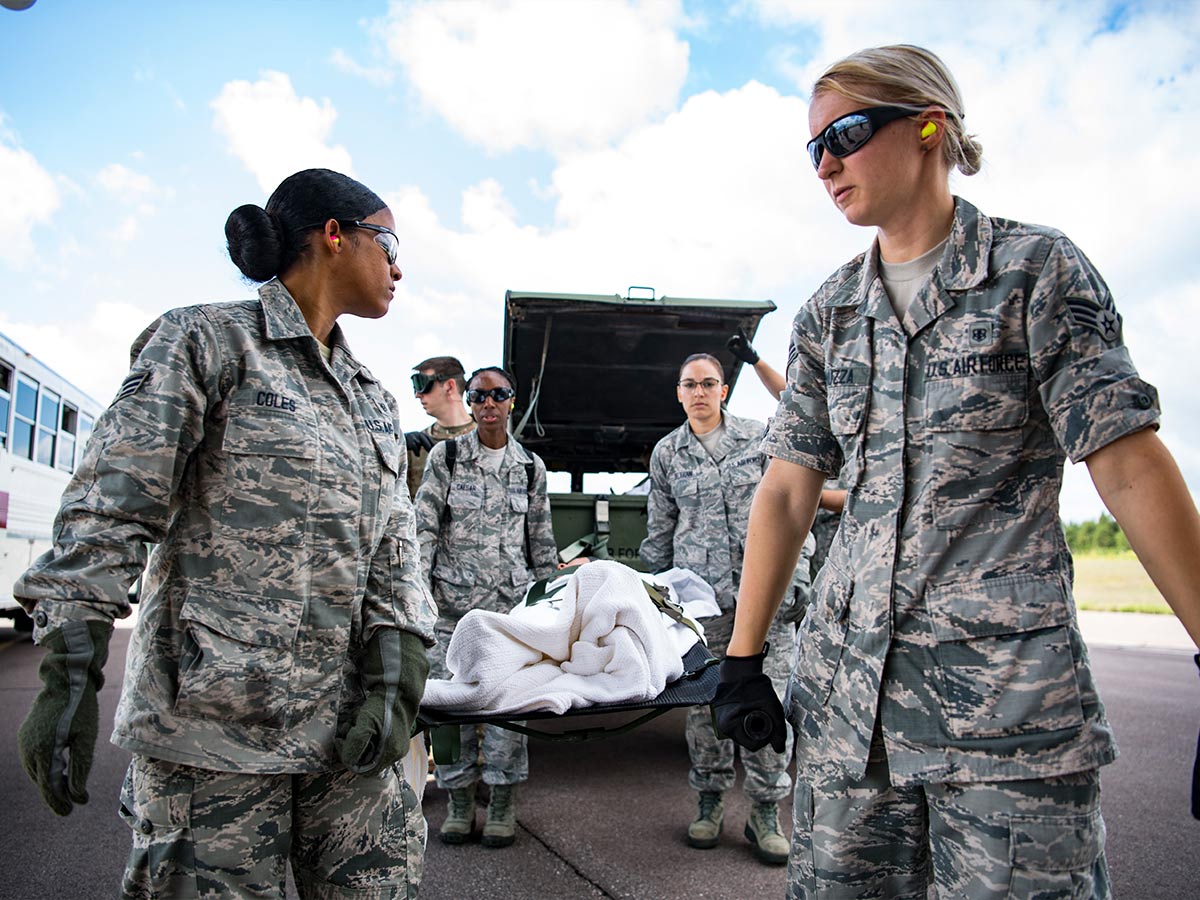
The Air Force Reserves contributes to various missions, including airlift, combat operations, and medical support. As of recent estimates, the Air Force Reserves comprises approximately 70,000 personnel, making it a vital part of the U.S. military's overall readiness.
The Air Force Reserves is a component of the United States Air Force, designed to provide additional manpower and resources during times of war, national emergencies, or other operational needs. Reservists typically serve part-time, often balancing military duties with civilian careers. They train one weekend a month and two weeks a year but can be activated for full-time service if necessary.
Navy Reserves
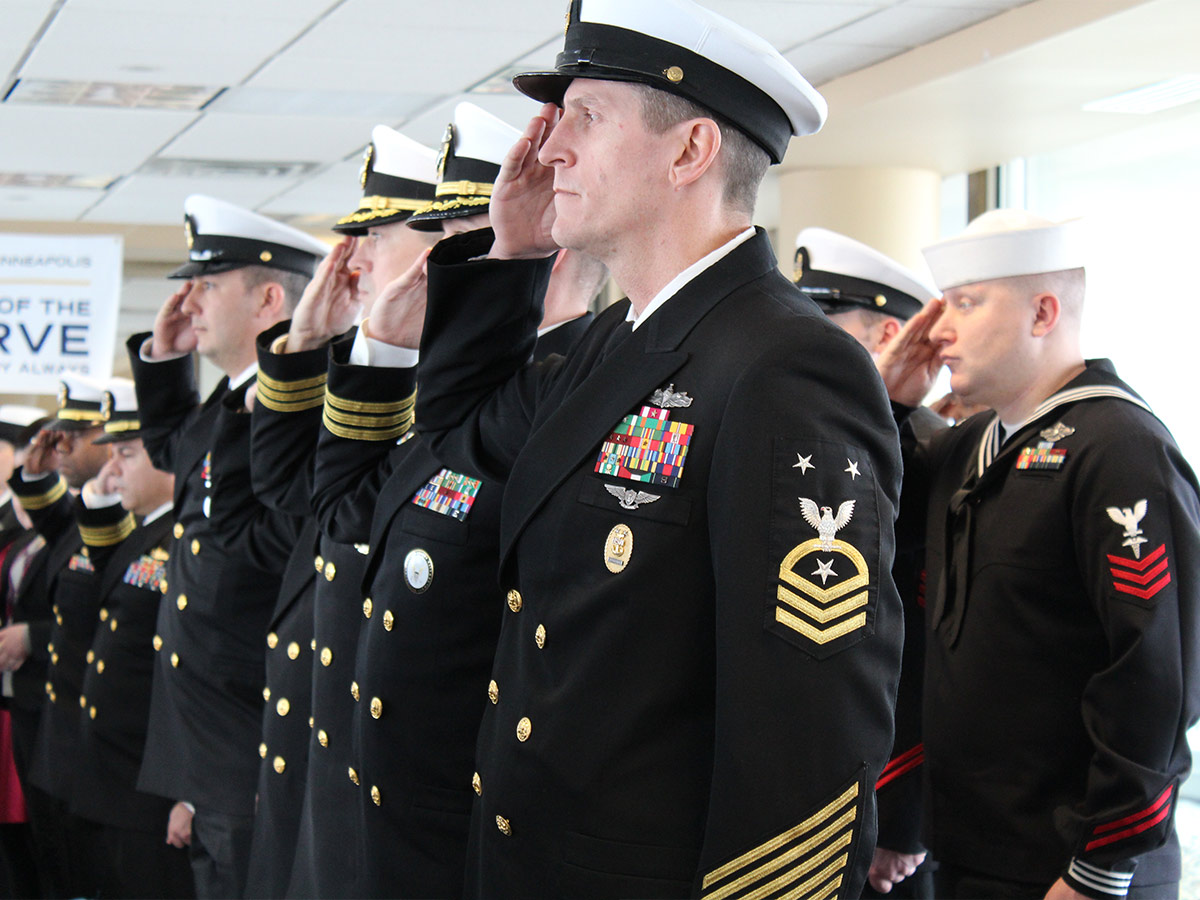
The Navy Reserves is the reserve component of the United States Navy, providing trained personnel to support active-duty naval forces during wartime, national emergencies, or other operational needs. As of recent estimates, there are about 60,000 personnel enlisted in the Navy Reserves.
Reservists serve part-time, typically one weekend a month and two weeks a year, while maintaining civilian careers. They can be called to active duty if needed, contributing to a range of naval missions, including maritime security, combat operations, and disaster relief. The Navy Reserves offers flexible service options to enhance military readiness.
Marine Corps Reserves

The Marine Corps Reserves is the reserve component of the U.S. Marine Corps, designed to provide additional personnel for active-duty forces during wartime, national emergencies, or other operations. Reserves consists of approximately 38,500 personnel, contributing significantly to the overall capabilities of the U.S. Marine Corps.
Reservists typically serve one weekend a month and two weeks a year but can be activated for full-time service when needed. Their duties mirror those of active-duty Marines, including combat operations, humanitarian missions, and national defense. They are trained to maintain readiness and can be deployed alongside their active-duty counterparts.
Space Force Active Duty
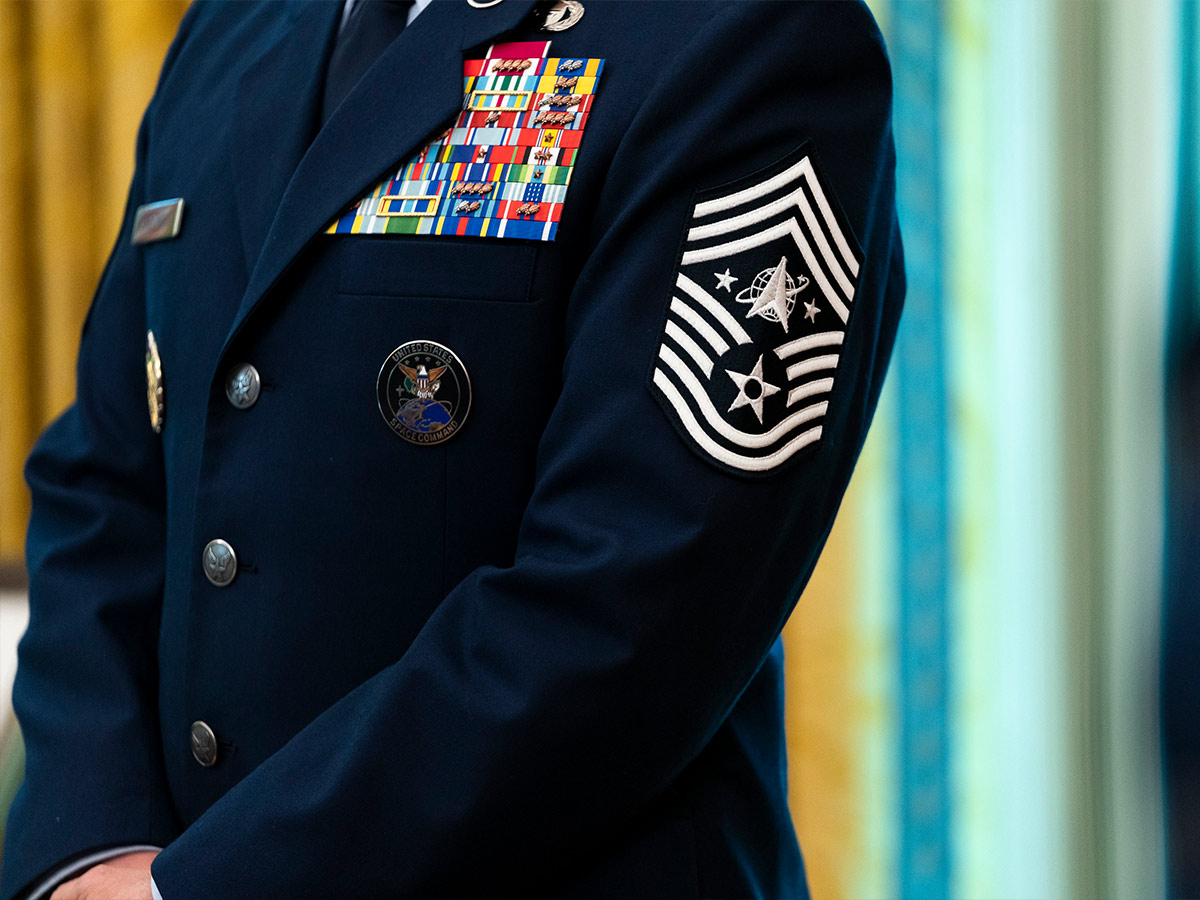
As of recent estimates, the U.S. Space Force has around 8,400 personnel, making it the smallest military branch but vital to modern defense strategies and space security. Established in 2019 as a separate branch of the U.S. military, the Space Force focuses on space operations, satellite management, and space-based defense systems. Its mission includes protecting U.S. interests in space, ensuring secure communications, navigation, and surveillance through satellite technology, and maintaining the nation's competitive edge in space exploration and defense.
Space Force personnel, known as Guardians, work in space operations, cyber defense, intelligence, and engineering.
 Author
Jack Robinson
Last Updated: August 10, 2025
Author
Jack Robinson
Last Updated: August 10, 2025